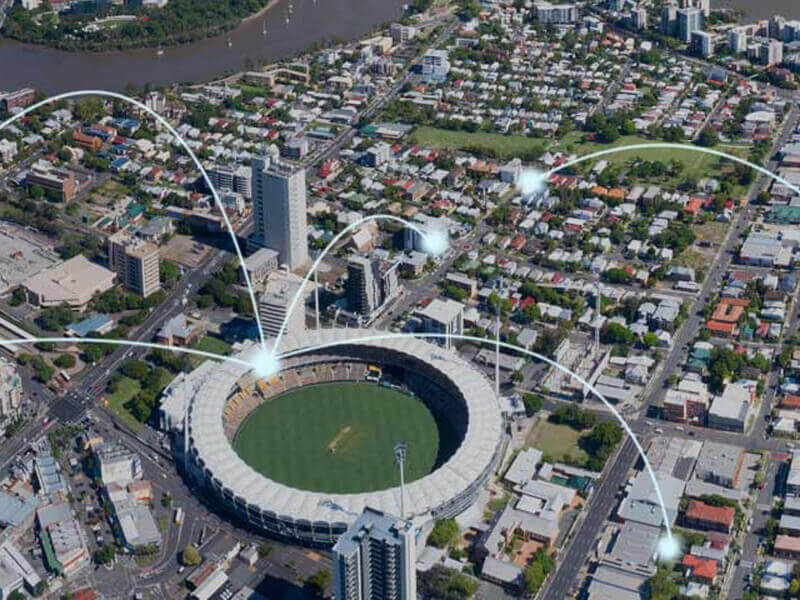Energy demand and availability, rising energy costs, and the impact of energy generation and use on the climate are pressing global issues. They aren’t unique to telecom, but as the drivers for an estimated 2-3% of global energy use and 1.4% of carbon emissions, telecom operators are feeling increasing urgency to find solutions. And let’s be clear: the challenge is only getting more daunting. 5G is projected to double or even triple the industry’s consumption over the next decade.
To be fair, energy efficiency isn’t a new concern for telcos. But, like many other industries, telecom operators today are reacting to massive increases in energy consumption due to technology innovation and new applications while simultaneously racing to address a climate crisis and outlook that seems to grow more dire by the day. Our telecom customers are responding with the appropriate urgency and increasingly looking to us to help them manage their network energy use.
To that end, we recently released a white paper looking at several near- and long-term energy management strategies for the telecom access network. Some of the guidance may seem obvious but too often is overlooked – prioritizing high-efficiency rectifiers, for example, which can improve site efficiency by as much as 5-6%. Similarly, many modern DC power systems are equipped with energy-saving modes or eco-modes that can match energy use to demand, but these features are frequently ignored or not used to their full capabilities. Improvements in these areas are the low-hanging fruit of energy management for telcos.
The paper also explores more aggressive strategies tailored to specific sites based on location, climate, grid reliability, water availability, governmental regulations, the price of energy, and other considerations that impact the site’s energy profile.
Questions about energy use and carbon emissions inevitably turn to alternative energy options and specifically solar power. Solar is the most common and scalable alternative energy source, and hybrid systems leveraging solar power are common in parts of the world with unreliable or overtaxed grids – Africa, South America, the Middle East, and parts of Asia. Even some telcos in Europe are starting to deploy solar-backed hybrid power systems.
There are many reasons for the uptick in solar implementation. The price of solar has dropped as the technology has become more mature, to the point it is an appealing option in areas with high energy costs. And that last factor can’t be ignored when discussing this topic – the price of electricity is a huge driver for adoption of solar power or other energy management strategies. The gap between those costs in Idaho ($0.08/kWh) and Denmark ($0.36/kWh) is a chasm, which is why solar remains largely an afterthought in the former and a critical component of the energy mix in the latter.
The paper goes into greater detail on the use of solar power and several other energy management strategies for the telecom access space, and I encourage everyone with an interest or decision-making authority in the telco space to download and read it.
How is your organization addressing network energy use and carbon footprint?







